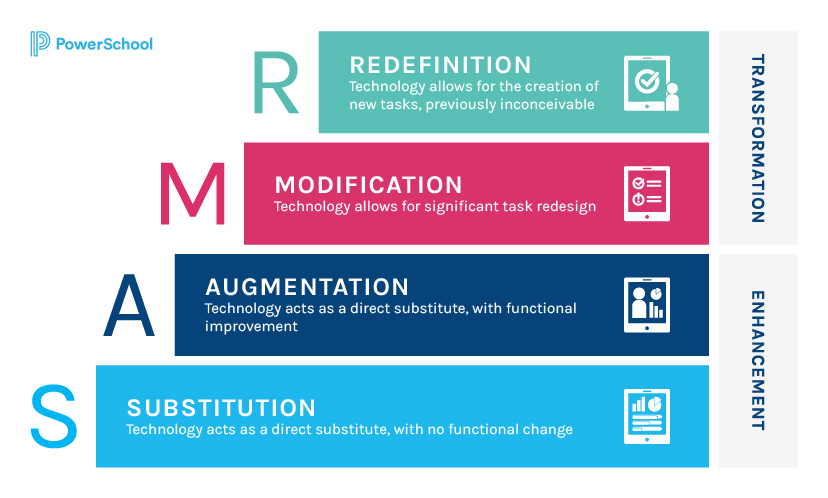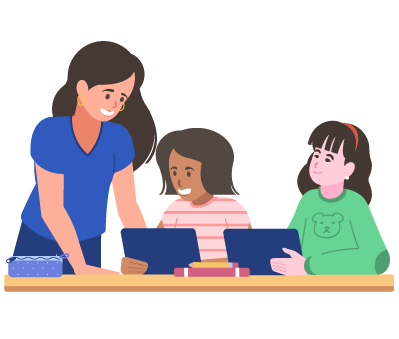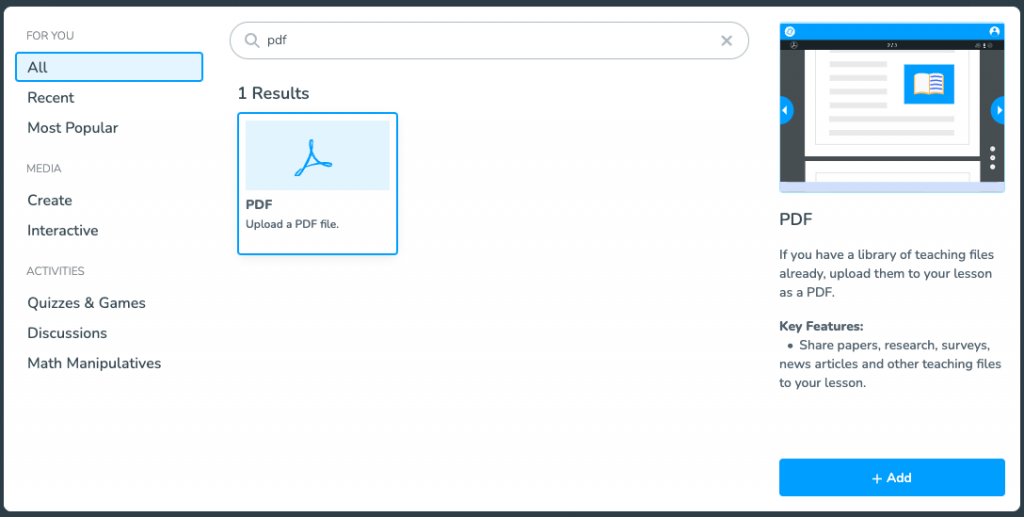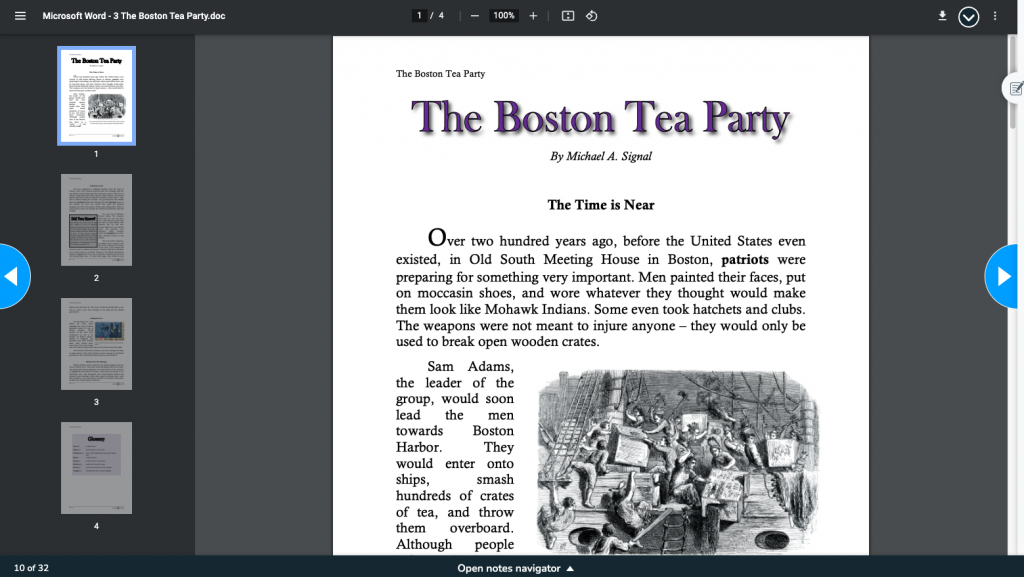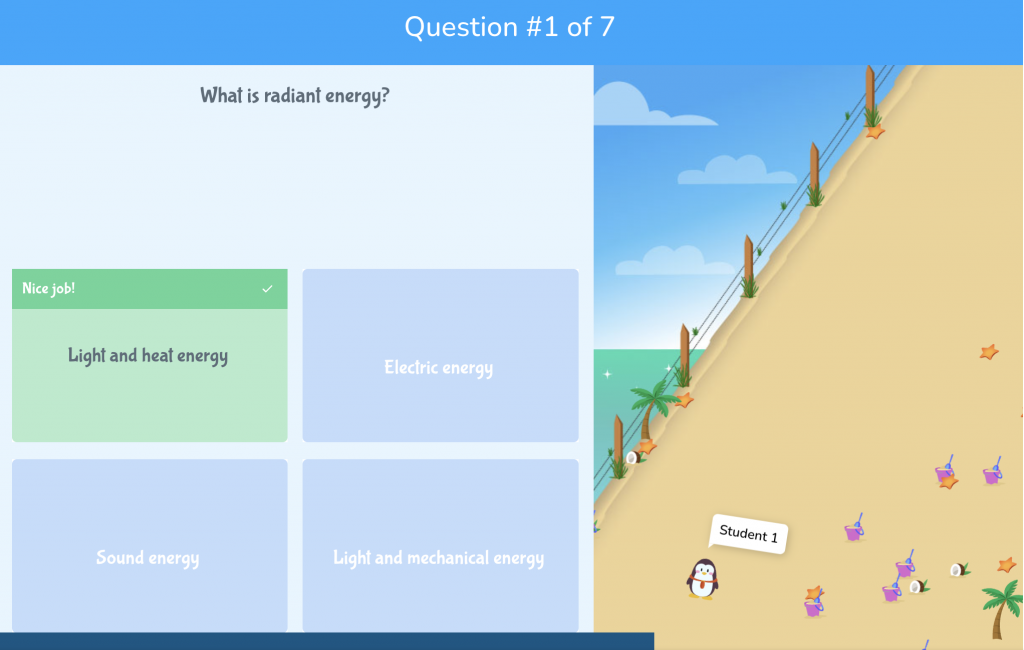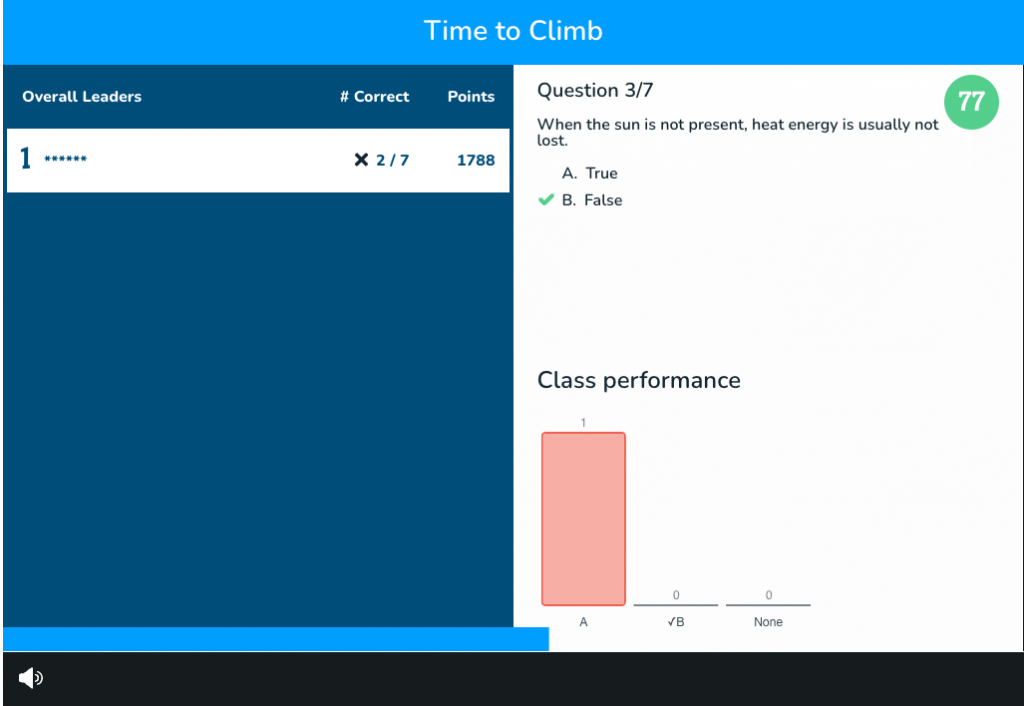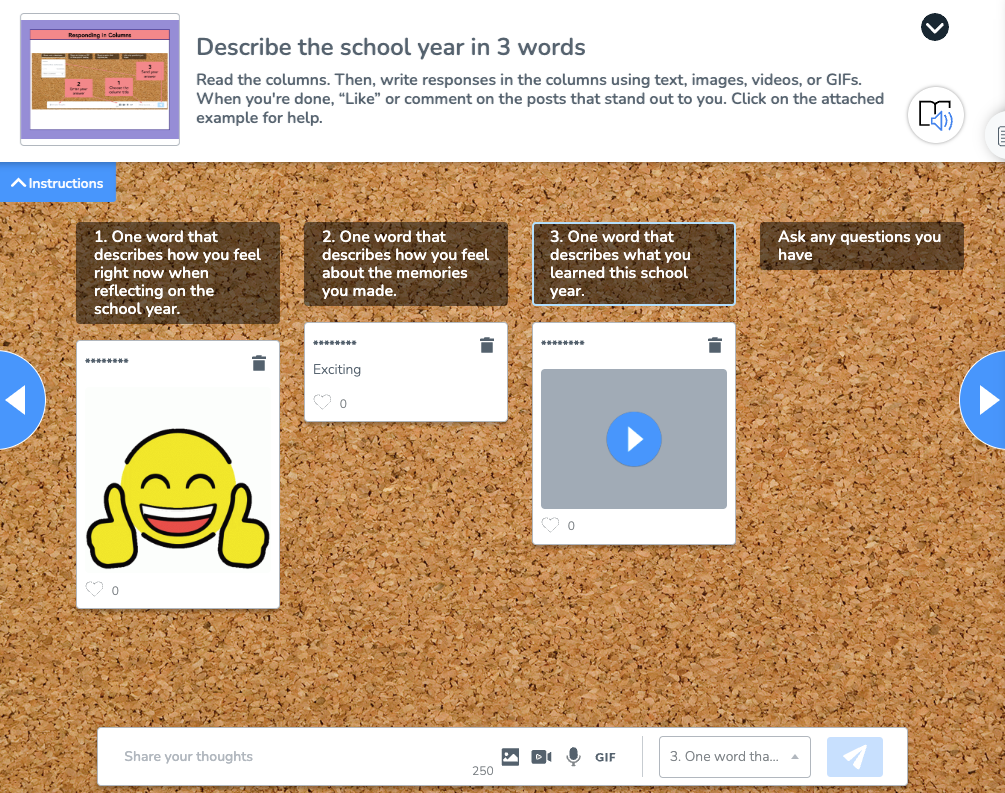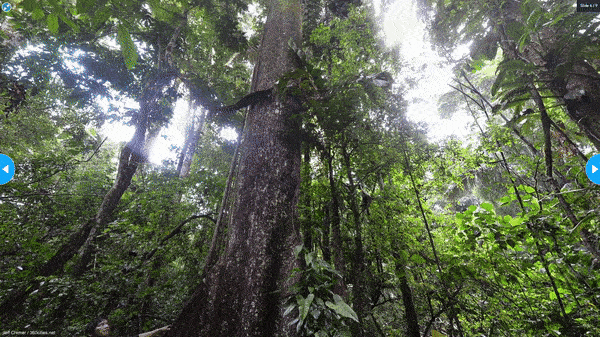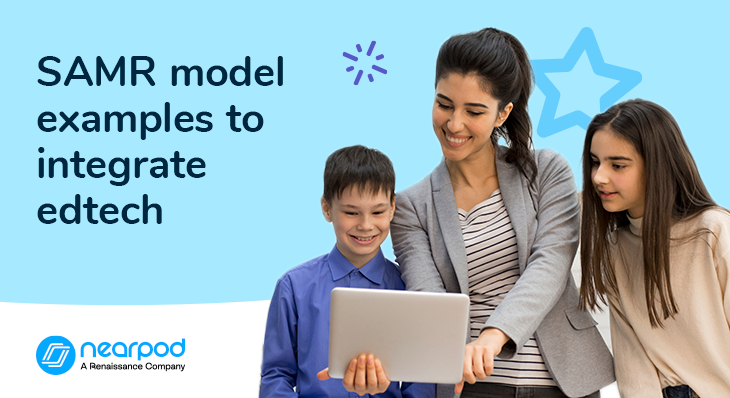
Practical SAMR model examples to integrate education technology
In today’s education, using technology effectively is crucial for engaging students and enhancing learning. The SAMR model offers a practical framework for educators to do just that. It guides teachers through four stages – Substitution, Augmentation, Modification, and Redefinition – helping them integrate technology using innovative ways. Explore the SAMR framework’s significance in education and its practical application with tools like Nearpod.
What are the SAMR Model levels?
The SAMR model is a framework that educators can use to integrate technology effectively into their teaching practices. SAMR stands for Substitution, Augmentation, Modification, and Redefinition, representing different levels of technology integration. Dr. Ruben Puentedura developed it as a way to guide educators in leveraging technology to enhance student learning.
The acronym provides a structure for understanding how technology can be used in the classroom, ranging from simple substitution to transformative redefinition. Each level builds upon the previous one, allowing educators to gradually move towards more complex and innovative uses of technology in education.
How is the SAMR Model beneficial to educators?
The SAMR model is highly beneficial to educators, particularly in the context of educational technology. It provides a clear roadmap for integrating technology into their teaching practices in a meaningful way. By following the SAMR framework, educators move beyond using technology as a mere substitute for traditional tools and methods and instead utilize it to augment, modify, or even redefine the learning experience for their students.
One popular education technology platform that aligns well with the SAMR model is Nearpod. Nearpod is an instructional platform teachers can use to create engaging and interactive lessons, quizzes, and even virtual reality experiences. By leveraging SAMR with tools like Nearpod, educators can unlock the full potential of technology in the classroom.
Foster a love of learning in every student with Nearpod. Teachers can sign up for free below to access and create interactive lessons. Administrators can schedule a call with an expert to unlock the full power of Nearpod for schools and districts.
Practical SAMR model examples to integrate educational technology
Substitution
At the substitution stage of the SAMR model, technological tools are used as a direct substitute for traditional tools or processes without any significant functional change. For example, students might type their responses using a word-processing application instead of using paper and pencil for a writing assignment. This substitution increases efficiency and ease of editing but doesn’t fundamentally alter the writing task.
Nearpod can be integrated at the substitution stage by replacing physical handouts or printed worksheets with digital versions. Teachers upload PDFs or documents to Nearpod, which students access through their devices. This substitution saves time, reduces paper usage, and provides a convenient way for students to access learning materials.
Augmentation
Moving up the SAMR ladder, the augmentation stage involves using technology to enhance the learning process beyond what was possible with traditional methods. For instance, instead of simply typing their responses, students could use a word-processing application that offers spelling and grammar checking, providing immediate feedback on their writing. This augmentation adds value to the writing task by improving the quality of student work.
Teachers can also use technology to access real-time insights into student learning by assigning digital assessments within presentations. Nearpod supports augmentation by offering interactive activities and assessments like Polls, Quizzes, Time to Climb, and more. Teachers create interactive presentations with embedded questions and multimedia elements, making lesson plans more engaging and interactive. Students then actively participate in learning by responding to questions, sharing their thoughts, and receiving real-time feedback.
Modification
In the modification stage, technology acts as a significant redesign of learning tasks and activities. It goes beyond enhancement and starts to transform the learning experience. For example, instead of writing a traditional research paper, students might collaborate on a shared document, conduct online interviews, and incorporate multimedia elements such as images, videos, and hyperlinks. This modification enables a more collaborative and multimedia-rich approach to research.
Nearpod facilitates modification by enabling collaborative activities and dynamic discussions among students. Interactive activities and features, such as Collaborate Board, Time to Climb, Draw It, and more, promote group work, encourage peer feedback, and foster collaborative problem-solving. Students actively engage with their peers in real-time, enhancing their communication and critical-thinking skills.
Redefinition
The highest level of the SAMR model is redefinition, where technology enables the creation of new learning experiences that were previously inconceivable. In this stage, technology completely transforms the task and opens up new possibilities for learning. For instance, instead of writing a traditional research paper, students might create a multimedia presentation, incorporating audio, video, and interactive elements to convey their ideas in a more engaging and creative way.
Educators can apply the redefinition to Nearpod using its collaborative features, such as Collaborate Board, Immersive Reader, and more, to create engaging and interactive learning experiences in their existing projects. Nearpod’s Virtual Reality (VR) Field Trips and 3D models take students on virtual field trips and simulations, providing immersive and hands-on learning opportunities through real-world examples. By integrating these features, teachers redefine traditional classroom practices, foster collaboration, and enable students to explore content in innovative ways.
Students redefine how they express their learning by creating interactive presentations that go beyond traditional slideshows. Dynamic and interactive lessons showcase students’ creativity, collaboration, and communication skills as they incorporate videos, audio recordings, interactive quizzes, and VR Field Trips. Tools like Nearpod cultivate students’ confidence in sharing their work with peers and teachers, preparing them for future platforms and interactions. These projects can be shared within the classroom and beyond, so students can showcase their abilities and build essential skills for the digital era.
Start integrating Nearpod through SAMR
In conclusion, the SAMR model provides a valuable framework for educators to integrate technology into their teaching and learning practices effectively. Tools like Nearpod enhance student learning, promote collaboration, and create transformative educational experiences by progressing through the stages of substitution, augmentation, modification, and redefinition. As technology continues to evolve, the SAMR model remains a guiding principle for educators who want to leverage its full potential.
Foster a love of learning in every student with Nearpod. Teachers can sign up for free below to access and create interactive lessons. Administrators can schedule a call with an expert to unlock the full power of Nearpod for schools and districts.

Nearpod’s award-winning platform is used by thousands of schools around the globe, transforming classroom engagement.
